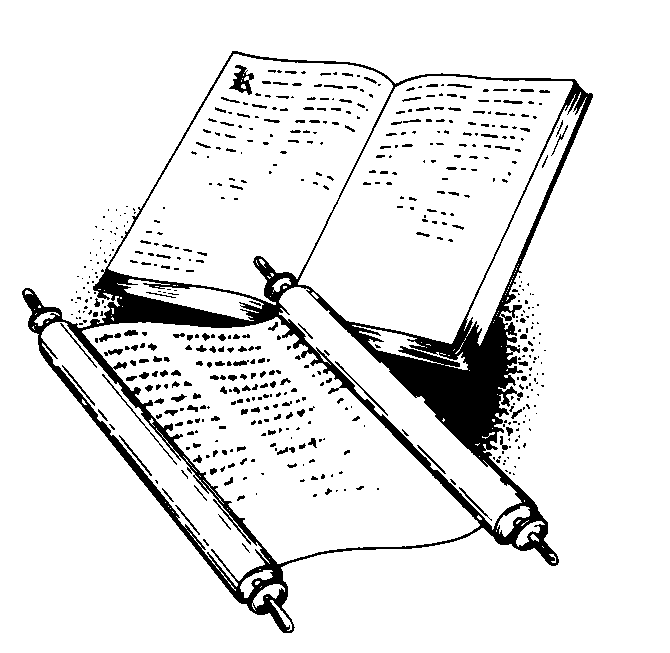SPOTLIGHT ON WORLD ANNIVERSARIES
JANUARY 1611 ● 400 YEARS
In January 1611, an ambitious English translation of the Holy Bible was published at the behest of King James I of England in an effort to ameliorate ongoing conflicts between the governing Church of England and reformist Puritans.
 Eight years earlier, in 1603, an estimated 1,000 Puritanical ministers opposed to England’s episcopal form of church government had signed the Millenary Petition. This document objected to Church of England ceremonial practices such as using rings at wedding ceremonies, making the sign of the cross during baptisms and conferring the rite of confirmation. The petition also demanded revisions to The Book of Common Prayer and a new translation of the Bible, charging that current versions were “corrupt and not answerable to the truth of the original.”
Eight years earlier, in 1603, an estimated 1,000 Puritanical ministers opposed to England’s episcopal form of church government had signed the Millenary Petition. This document objected to Church of England ceremonial practices such as using rings at wedding ceremonies, making the sign of the cross during baptisms and conferring the rite of confirmation. The petition also demanded revisions to The Book of Common Prayer and a new translation of the Bible, charging that current versions were “corrupt and not answerable to the truth of the original.”
Indeed, earlier English-language versions of the Bible — such as the then-popular Geneva Bible — relied on Latin texts that came from Greek translations of the original Hebrew and Aramaic. There were noteworthy, sometimes laughable, transcription errors. King James himself found the Geneva Bible’s marginal notes to be seditious.
In January 1604, the king responded to the Millenary Petition with the Hampton Court Conference, a convocation of Puritan leaders and leading Anglican bishops. King James appointed himself mediator of the proceedings and ultimately made only a few concessions. The most substantial was the commission of an authoritative new Bible translation that the monarch hoped would forge a united England.
By June 30, 1604, King James had approved 54 scholars — a diverse band of Anglican bishops, some moderate Puritans and High Church clergy — to undertake the task. Of these, 47 men worked in six independent groups — two each at Oxford, Cambridge and Westminster — to translate the separate sections assigned to them. With new access to original Hebrew texts, they were able to update the extant English translations and create a scholarly new version that was more faithful to the original languages of the Bible than any that had come before. The impact of Jewish sources is particularly noticeable in the rhythms and style of the Old Testament.
While King James established general and specific rules to prevent individual interpretations and ensure nonpartisanship, the translators used their own judgment to eschew literalism in favor of the broad use of synonym, resulting in the new Bible’s elegant prose and poetry. To make the scriptures more accessible, the new version stuck with anglicized forms of proper names.
The scholars toiled over the project for seven years until the King James Bible was published in January 1611 to wide acclaim. It immediately replaced the Geneva Bible as the preferred version. Although it was initially shunned by European Puritans, it came into favor after it was embraced by colonial American Puritans.
The original 1611 edition included the Apocrypha — a disputed collection of “deuterocanonical” essays — between the Old and New Testaments. Starting in 1630, subsequent editions began to omit the Apocrypha, and by 1642, all editions of the King James Version were printed without it.
In a recent article about translated works of literature, The Times in London wrote, “No book has influenced British life more than the King James Bible — the most famous of English translations and the greatest work of literature ever written by committee.” Glib as it is, the quip is remarkably concise.
The King James Version is widely considered a majestic masterpiece of Jacobean English that influenced the prose and cadences of contemporaries like William Shakespeare, and the poetry of John Milton. The King James Bible remained the principal Bible used by English-speaking Protestants for nearly 300 years.
www.chases.com ● Chase’s Calendar of Events 2011